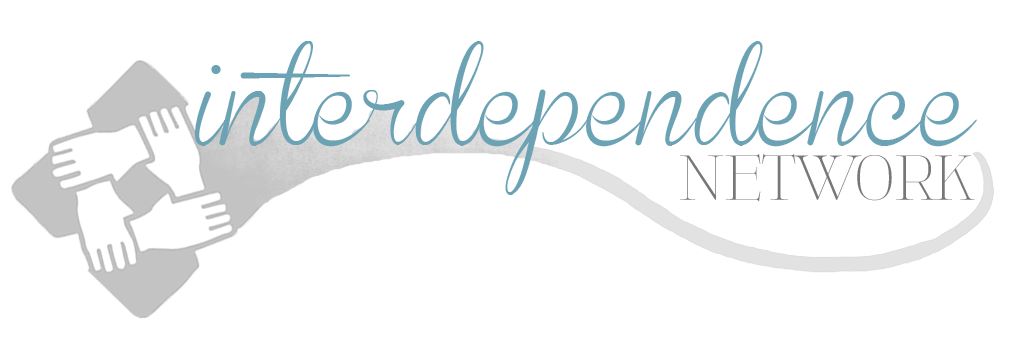If there is a single dimension that must be repeated and underscored with Interdependence, it is that of relationships. Our daily contacts with others are what make our lives rich. Just think of your typical day—the people you touch, the people who touch you. It boggles the mind. Yet without them, how lonely life would be.
However, our experience suggests that most people with disabilities have deep social distance from typical, freely-given relationships. We know too many people who only relate with human service professionals who are paid to be with them. Indeed, in a recent project completed by the Interdependence Network, a coalition of human service agencies interested in social change, this is exactly what was found. After interviewing more than 200 people with disabilities supported at human service agencies across North America and Canada, the group found that most people with disabilities spend most of their free time socializing and engaging in activities with staff.[i] This is not an indictment of the thousands of caring direct care staff, but a healthy, happy life includes multiple types of relationships. Certainly there is a role for staff to play, but we do not think the role is “best friend.”
Often, members of the community are under the impression that people with disabilities are just fine in their own world. Further, as this concept develops, human service workers may be perpetuating the myth. To this point, we have had professionals boldly tell us, “Come on, do you believe that there are typical people who would choose to be a friend to a person with a severe disability?”
It is amazing that people with this notion are in human services. Can you imagine the audacity and baggage of this statement? We need to reflect and ask what creates the real problem in this relationship issue. If we question the viability of people who have a disability, then WE ARE PART OF THE PROBLEM! If we perceive that the key to the relationship problem is found in needing to teach people with disabilities relationship skills, then we need to ask ourselves to reassess. Many people who have disabilities may never learn the “appropriate skills” of relationship building, and should this be, then, an end to their community quest? We think not.
We need to pause here and reflect further on this issue of relationships for people with and without disabilities. Recognize that most people with disabilities are often caught up in a homogeneous world where they are surrounded by other people with disabilities. Because most friendships need the fuel of proximity and because people with disabilities are thrust upon each other in disability-specific programs and environments, relationships between people with disabilities abound. These relationships seem normal, and often support people promote them and think they are appropriate or, worse, “cute.”
Not only can this be demeaning, but it can be atypical in the promotion of relationships. Now, it is true that most of us develop relationships from a basic sense of homogeneity. You probably grew up in a town where most of your neighbors and classmates were socioeconomically and culturally similar. As you aged, your relationship experiences probably diversified a bit. To this extent, you started to meet and connect with people who had differences. Think about when you went off to college or the military and the myriad of different people you met.
As these experiences mature, however, diversity brings an interesting enrichment to our lives. That is, as we meet and relate to different people, in an unconscious way, we start to place ourselves in a broader scheme of life. This type of comparison allows us to stretch our awareness of self and life. To this extent, diversity is the stage of growth.
Think now about people who have no actual chance to relate to different people and who are constantly in the company of those exactly like them. What a narrow and limited perspective. Yet in many regards, this is exactly the world we have created for people with disabilities.
At CLASS in Pittsburgh, a four-step process is used as the foundation for supporting community engagement:
Step 1: Find the Passion or Point of Connection
Step 2: Find the Venue or Connection Point
Step 3: Understand the Elements of Culture
Step 4: Find or Enlist the Gatekeeper
This basic model is used by all our programs in some fashion, from our Skill Building Programs to our kids’ programs. Success in the community starts with getting involved. The approach promotes diversity in relationship opportunities. To this extent, people with disabilities and those without disabilities are encouraged to connect. Indeed, the more exposure people with disabilities have to people without disabilities, the quicker the realization of Interdependence and the broader we become as a society.
Given the impact of a broader perspective, next month's posts will look at each of these steps more closely.
[i]. Dimakos, Kamentsy, et. al. Somewhere to Live, Something to do and Someone to Love: Measuring Social Capital Among People with Disabilities. In Press
